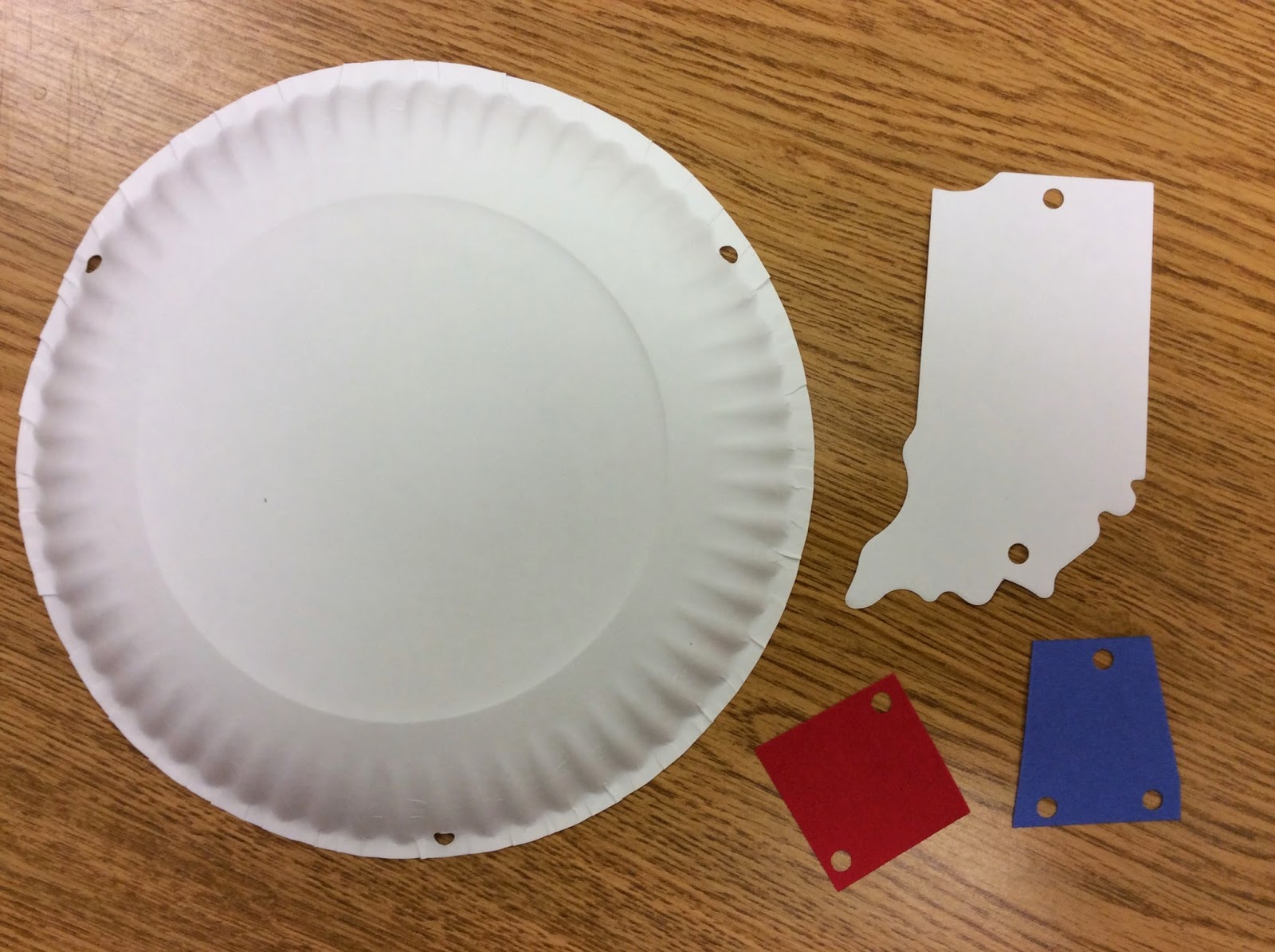In celebration of International Migratory Bird Day, let's take a look at some awesome freebies for your classroom. Resources for teaching about birds abound, and birds are everywhere!
an egret spotted in the wetland behind my house
One of my favorite sites is
Project Beak. The portion of their website labeled
Adaptations provides online text, graphics, and video on birds' feathers, wings, beaks, feet, skeletal system, internal organs, senses, communication, reproduction, and migration. Kids can even
build a bird! They choose the bird's wings, head, feet, and habitat. The site then explains the advantages of each of its adaptations and calculates its chance of survival in the chosen habitat.
Project Beak also offers information about
birds and people,
Nebraska habitats,
rare birds, and
birding basics.
The Cornell Lab of Orinthology site hosts
Live Bird Cameras. My students were mesmerized by the barred owls cam yesterday! They have also posted some great videos to help kids identify birds:
Finally, try
Bird Sleuth, K-12 for kits, free resources, workshops, and webinars.
Would you like crafts and activities related to birds?
Why Birds Matter: Educational Activities from Environment for the Americas has dozens of great finds. You'll find
New World Vultures activity book,
Predator-Prey Game, coloring pages, and much more.
Before I sign off, I can't resist posting one more picture from my back yard. Yes! The ice is off the wetland, and the swans are back!
Happy International Migratory Bird Day!













